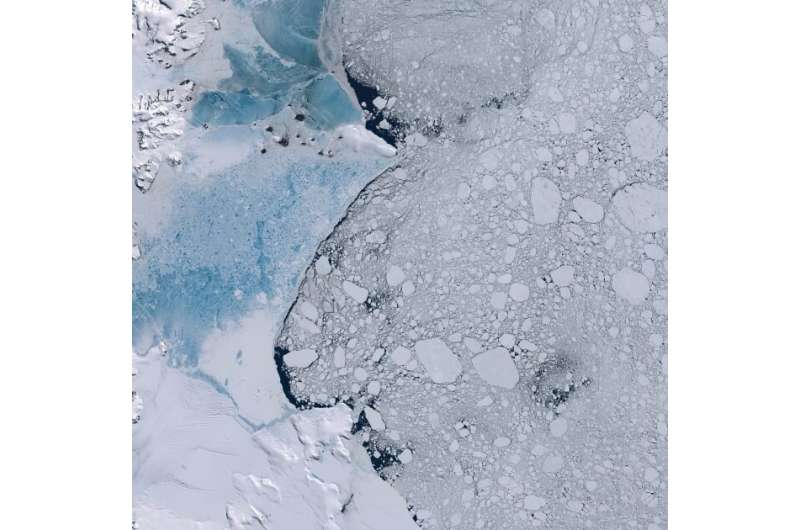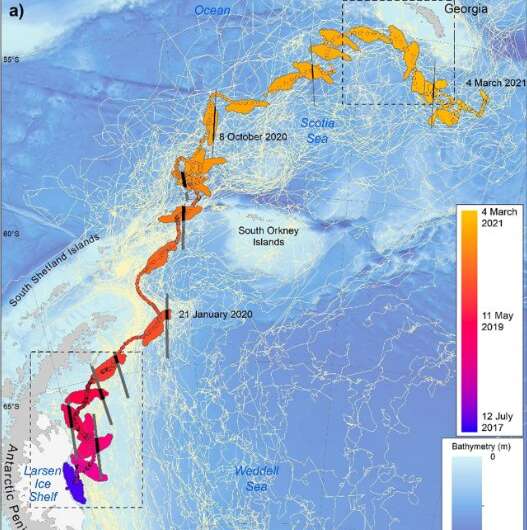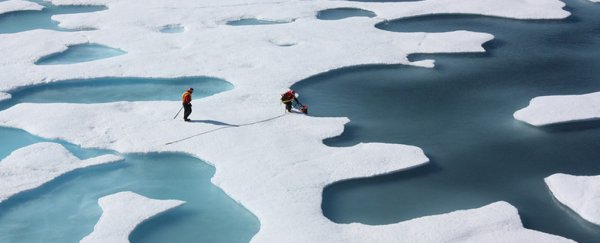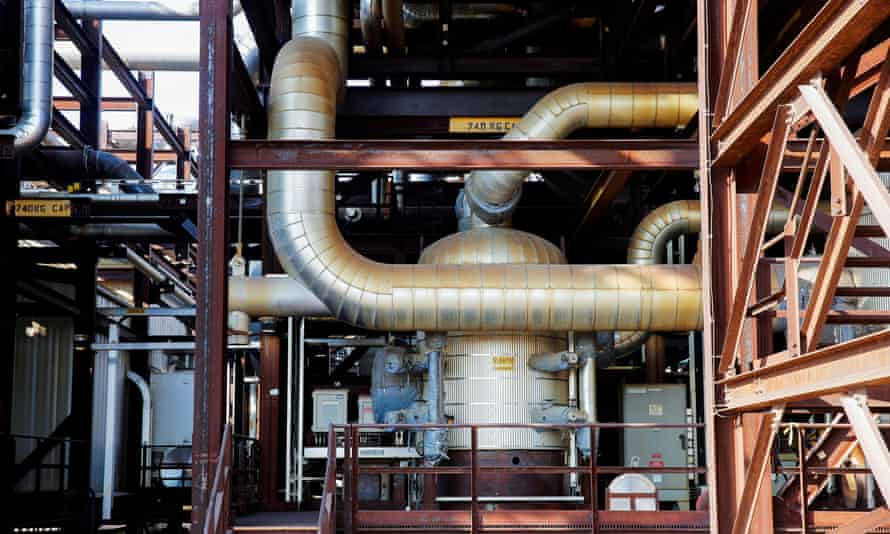Exclusive: Survey in constituencies with fracking potential show MPs against it or wary of commenting
Helena Horton and Damian Carrington
The prospect of fracking in England has been dealt another blow as only a handful of MPs for constituencies with exploration licences support the measure in their area, the Guardian can reveal.
When asked if they would support fracking in their constituencies, only five of the 138 MPs said they would. Forty one said they would be against it, while the rest did not reply, or declined to comment.
Many of the areas where fracking could be a possibility are in the “red wall”, with Conservative MPs representing those seats perhaps aware that their position could be difficult come the next general election.
One such MP, Alexander Stafford, won the 2019 election in Rother Valley, in South Yorkshire, a seat that had been Labour since it was created in 1918.
He said he was “very much against” fracking in his area, adding: “It is yesterday’s technology and will not solve our cost problems. It will take far too long to roll out. We must wean ourselves off hydrocarbons – which leave us in hock to awful dictators like Putin, or at the mercy of fluctuating international energy prices.”
At the other end of England, seats in largely Tory areas, including Surrey, Sussex and Dorset are covered by fracking licences.
Mims Davies, employment minister and MP for Mid Sussex, was clear there was no local support for fracking in her constituency or other affected areas.
She said: “I believe that shale gas exploration should only proceed with local support and as long as it is safe and environmentally responsible to the nearby communities. Alongside my own concerns about the potential impact of this type of drilling in special areas like Mid Sussex, I have previously written on behalf, and in support, of my deeply worried constituents in Cuckfield, regarding planning matters at a controversial site in the small village of Balcombe. This site is just outside of my constituency but in the Mid Sussex district.”
Environmental campaigners expressed alarm last week when the government indicated it would look again at fracking, a controversial technique designed to recover gas and oil from shale rock. Boris Johnson’s spokesperson said “all options”, including fracking, would be considered before the energy strategy, expected in the coming days, was completed.
This came after a group of backbench Conservative MPs, including members of the Net Zero Scrutiny Group, lobbied for the government to change its stance on fracking, and last week hosted members of the shale gas industry in parliament.
Steve Baker, a trustee of the climate sceptic Global Warming Policy Foundation, told reporters: “Under the government’s plans, we will need vast quantities of gas even as renewables are ramped up. It is time for all of us to listen to facts, not scare stories. The shale gas industry needs a level playing field and an end to hysterical misinformation.”
But he is unlikely to find support from colleagues in the areas covered by active onshore exploration licences, of which his constituency, Wycombe, is not one.
Local communities have protested strongly and often successfully against past fracking attempts in Lancashire, Yorkshire, Cheshire and Sussex. Their concerns included the climate crisis, earth tremors and high levels of HGV traffic – 50 a day at one proposed site, and fears of water, air and noise pollution. The problem of the disposal of contaminated water from wells has also been raised.
Fracking is not only politically difficult. Experts say that it could also be almost impossible to produce enough energy to justify the environmental and climate damage. The areas being considered for fracking are those rich in shale rocks. The Bowland shale rocks, in northern England, were formed more than 300m years ago as sediments, and organic material was buried in an ocean basin. Tectonic activity since then has folded the rocks towards the UK’s east and west coasts, making them more accessible.
But though this area contains shale gas, scientists say it will be very difficult to extract. The tectonic activity has left a complex geological situation, which makes the shales significantly harder to exploit than the simpler formations in the US. “We have the wrong kind of geology, small geological basins rather than vast tracts of identical geology,” said Prof Jon Gluyas, an energy specialist at Durham University. “We also have, to put it bluntly, the wrong kind of shale.” UK shales are rich in soft clays that do not support fractures well, unlike the “crispy” shale in the US.
In southern England, the shale in the Weald basin is also of marine origin but formed between 200m and 145m years ago. The rocks could only produce shale oil, not gas, as they have not been buried deeply enough, and overall the British Geological Survey does not consider the basin a strong prospect.
A firm figure for how much gas could be produced by fracking is unknown, and scores of wells would need to be drilled to find out. The best current estimate indicates about five years’ worth at the UK’s current usage, though some people in the industry cite a figure of 50 years. UK shale gas production would not be able to dent the global price of gas, even if thousands of wells were drilled over the next decade, and some would be likely to be exported.
Most experts say increasing the energy efficiency of homes and producing more cheap wind and solar power are the fastest and most effective way to deal with the energy and climate crises.
Third Energy, one the main companies that had pursued fracking, now has “absolutely no interest in fossil gas” and is targeting renewable energy and using its wells to test the burial of carbon dioxide. Another high-profile firm, Cuadrilla, will need to begin permanently sealing up its two wells in Lancashire this week to meet a legal deadline. “The inconvenient fact, like it or not, is that the UK has not discovered any good shale for onshore gas production,” said Prof Stuart Haszeldine, at the University of Edinburgh.
A government spokesperson did not rule out resuming support for fracking. They said: “In light of Russia’s unjustified invasion of Ukraine and rising global gas prices, it’s right we move away from dependence on Russian gas and increase our self-reliance in our energy security. We are considering all our options. We will set out an energy supply strategy which will supercharge our renewable energy and nuclear capacity as well as supporting our North Sea oil and gas industry.”
The spokesperson said gas produced by the UK typically had a lower environmental footprint than imports of liquid natural gas from abroad.


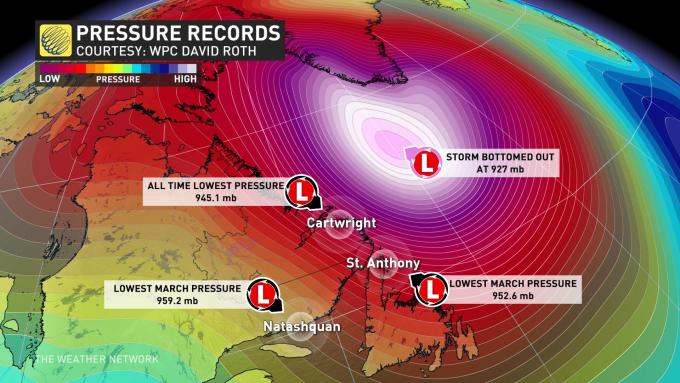
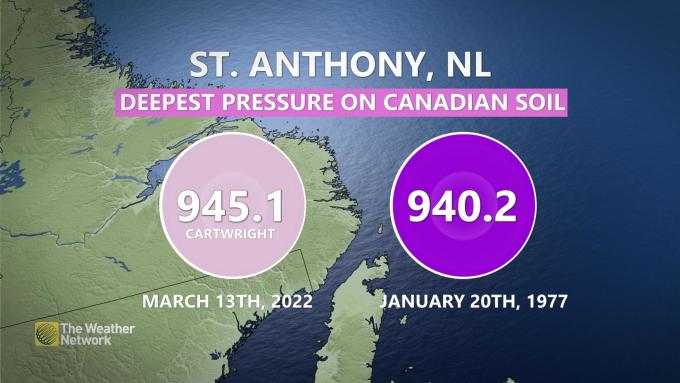



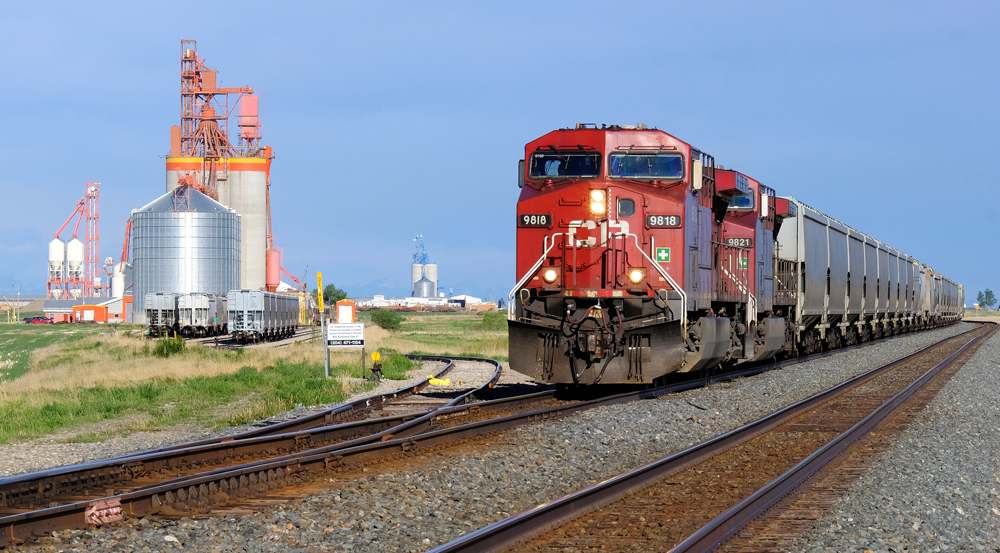

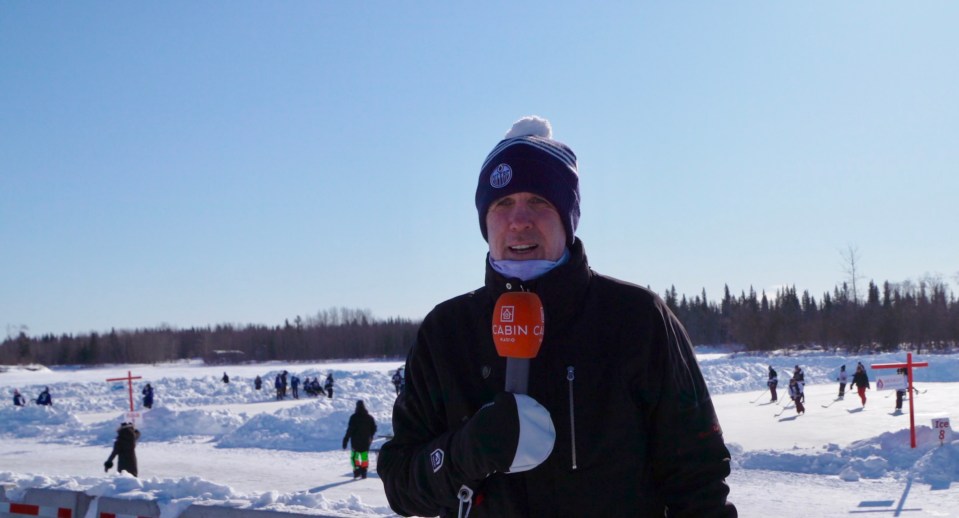
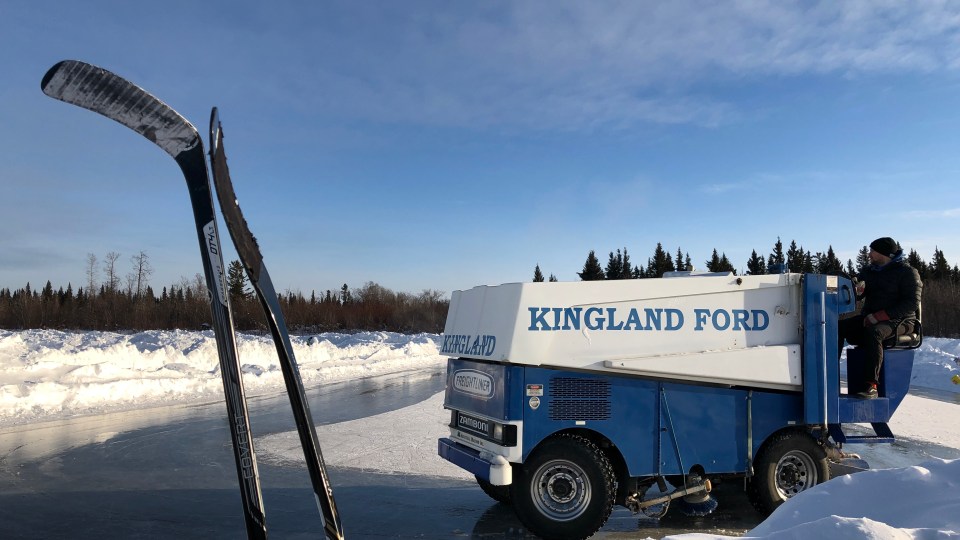
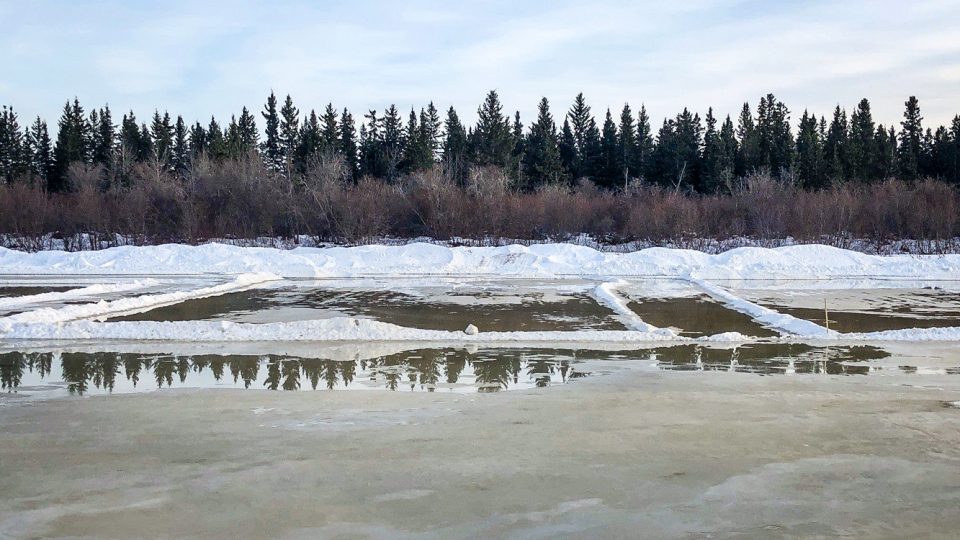

:format(jpeg)/cloudfront-us-east-1.images.arcpublishing.com/tgam/VVQPJCKRMZPLDKQS46J27US2DY.jpg)
:format(jpeg)/cloudfront-us-east-1.images.arcpublishing.com/tgam/3RPA5FZQEZE5DFIHBD4FNE64ME.jpg)
:format(jpeg)/cloudfront-us-east-1.images.arcpublishing.com/tgam/PGZBR4AMCVOMHPHO4FF7UOSZB4.JPG)
:format(jpeg)/cloudfront-us-east-1.images.arcpublishing.com/tgam/BDHVIFHCJ5MTHIY3OWCIIAX7DM.JPG)
:format(jpeg)/cloudfront-us-east-1.images.arcpublishing.com/tgam/RIYDFGFJPZMGZN2C6PLA4NQHQE.JPG)
